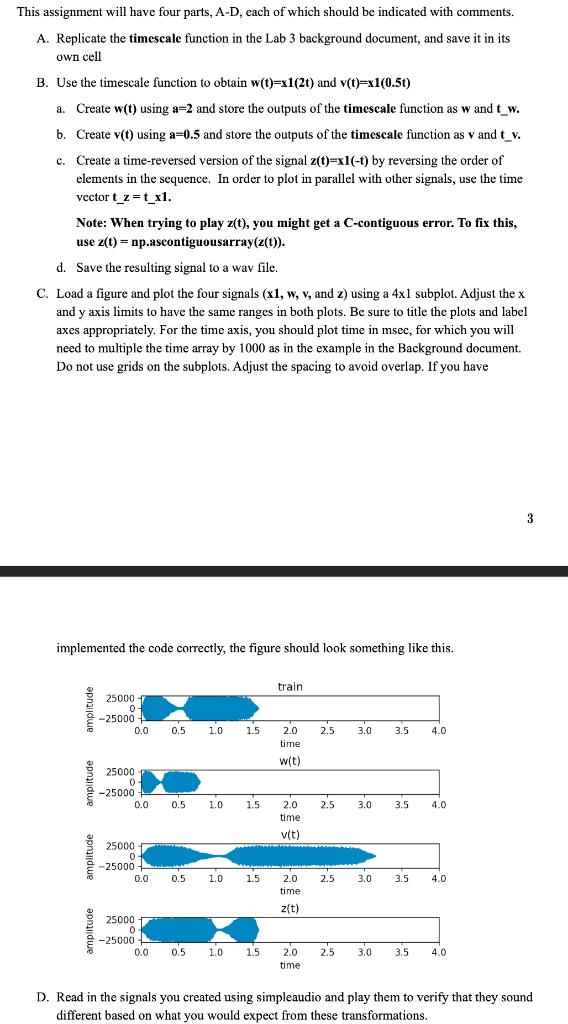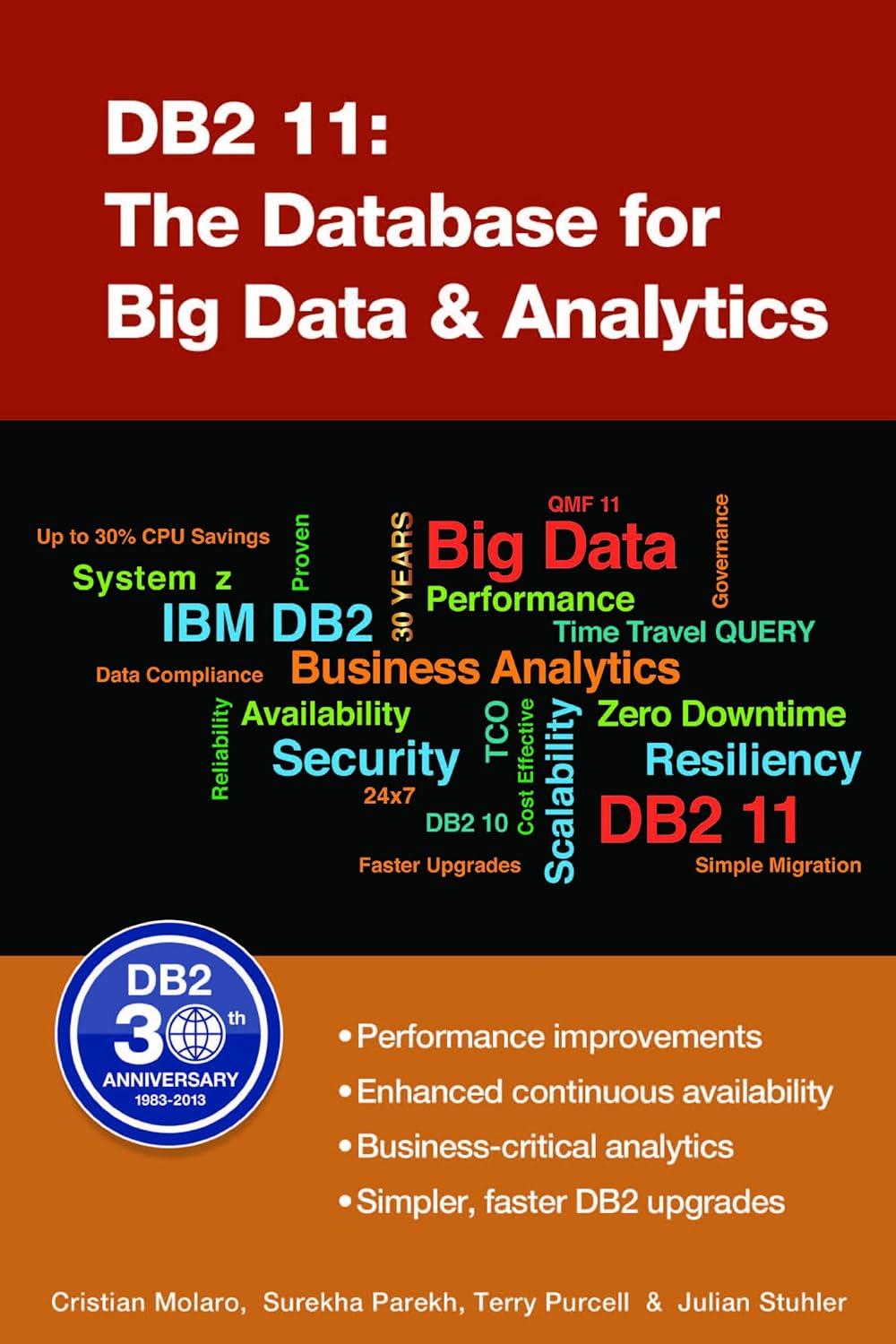Answered step by step
Verified Expert Solution
Question
1 Approved Answer
****************************PYTHON PLEASE******************************** This assignment will have four parts, A-D, each of which should be indicated with comments. A. Replicate the timescale function in the Lab
****************************PYTHON PLEASE********************************

Step by Step Solution
There are 3 Steps involved in it
Step: 1

Get Instant Access to Expert-Tailored Solutions
See step-by-step solutions with expert insights and AI powered tools for academic success
Step: 2

Step: 3

Ace Your Homework with AI
Get the answers you need in no time with our AI-driven, step-by-step assistance
Get Started


